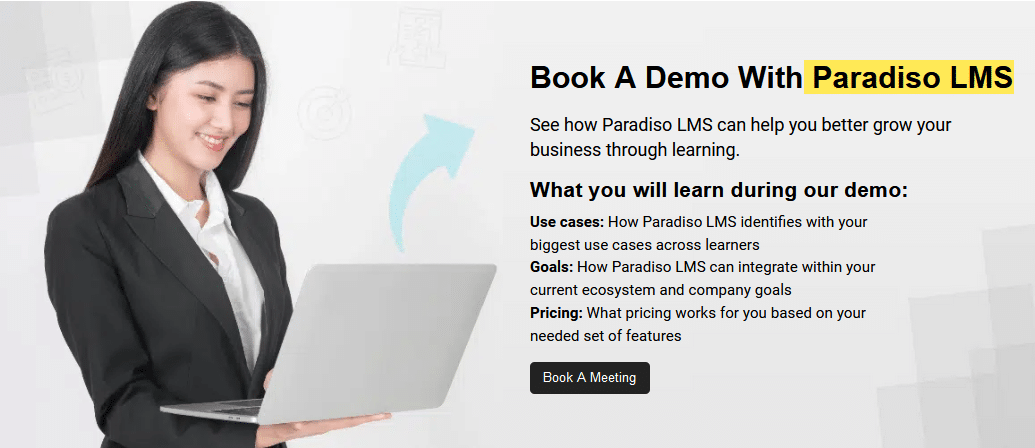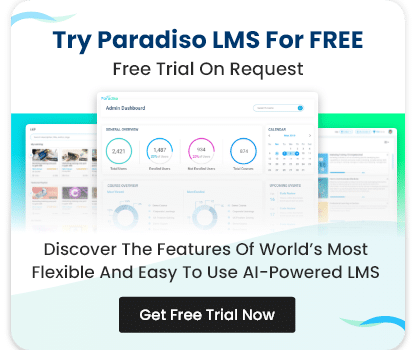When organizations are looking for a Learning Management System (LMS), one of the most important considerations is the LMS budget. A key factor in making a successful selection of LMS software is finding a balance between the features you need and the cost you can afford. With an abundance of LMS options available, it can be overwhelming to choose the right one that meets both your educational and financial goals. The goal is to select an LMS that provides value while aligning with your LMS budget.
In this blog, we’ll explore how you can find an LMS that’s both cost-effective and meets your organization’s requirements, ensuring your investment is worthwhile.


















